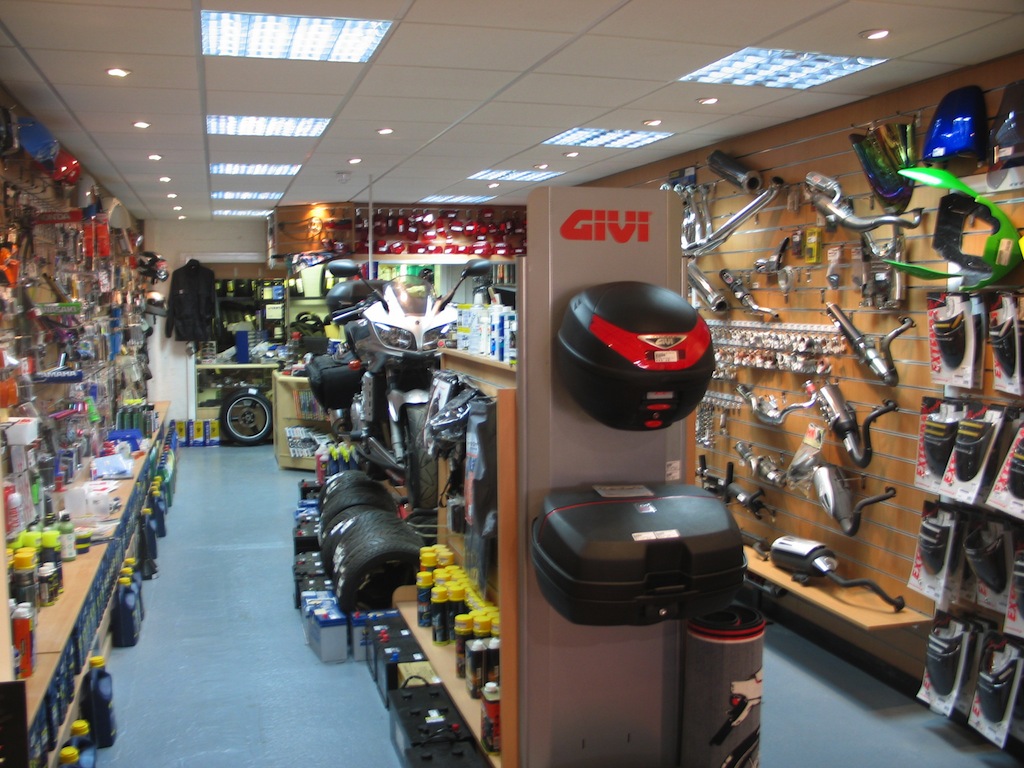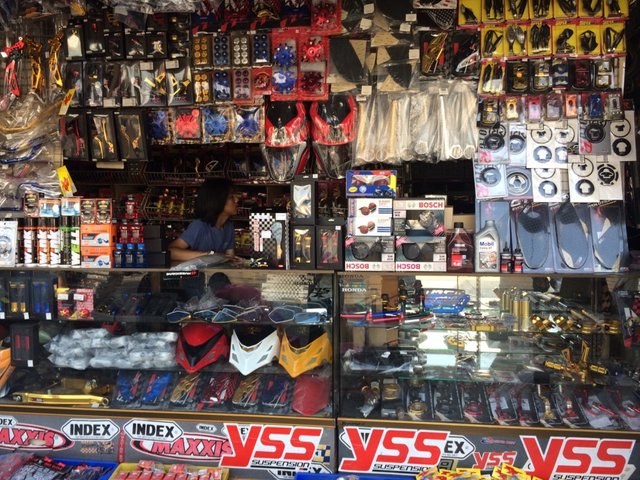Your Go-To Motorbike Shop for Quality Parts and Accessories
Your Go-To Motorbike Shop for Quality Parts and Accessories
Blog Article
Understanding the Vital Parts of a Motorcycle: A Comprehensive Guide for Lovers
For motorcycle lovers looking to elevate their riding experience and guarantee their bikes run smoothly, comprehending the important parts of a motorbike is critical. Each component, from the engine's complex workings to the vital function of the stopping systems, not just impacts performance but likewise security and comfort. This guide will certainly stroll through the essential parts that every biker must know with, enabling informed selections in both maintenance and prospective upgrades. As we start this expedition, one must ask: exactly how does each part interact to create the smooth trip every lover looks for?
Engine Parts

The camshaft plays an essential function in controlling the timing of the engine's valves, guaranteeing the accurate opening and closing needed for efficient fuel and air consumption, along with exhaust expulsion. This timing is important to maintaining optimal engine performance and effectiveness. Furthermore, the carburetor or gas shot system, depending upon the bike version, is accountable for blending air with fuel in the appropriate ratio for burning.
The cooling system, either air or liquid-based, works to maintain the engine's temperature level within operational limits, stopping overheating and making certain longevity - moto parts nz. Each component, meticulously developed and integrated, adds to the smooth procedure of the engine, specifying the motorbike's power outcome and overall efficiency
Transmission System
Indispensable to the motorbike's functionality, the transmission system guarantees effective power transfer from the engine to the wheels. This system comprises a number of vital elements, including the clutch, gearbox, and final drive, each playing an essential role in converting the engine's power right into activity. The clutch, normally operated by a hand bar, offers to involve and disengage the engine from the transmission, enabling smooth equipment modifications and regulated acceleration.
The transmission, commonly described as the transmission appropriate, contains a set of equipments that motorcyclists can by hand change with to adjust the bike's speed and torque result. These gears are arranged in a series that makes it possible for the bike to increase smoothly and preserve optimum engine efficiency throughout various speeds. Many bikes utilize a consecutive gearbox, calling for the rider to move equipments in an established order.
Braking Devices
While understanding the transmission system is crucial to taking advantage of a motorcycle's power, similarly crucial is the capacity to control and quit that power properly, which is where braking systems enter play. Brakes are important for safety and security and efficiency, offering the cyclist with the required control to navigate different terrains and problems. Commonly, motorbikes include 2 sorts of stopping systems: disc brakes and drum brakes.
Disc brakes are more prevalent in contemporary motorcycles due to their remarkable performance. This system offers far better warm dissipation, constant performance, and boosted stopping power, especially in wet conditions.
On the other hand, drum brakes, though much less common, are still located in some bikes. They function by pushing brake shoes versus the inner surface of a drum connected to the wheel. While generally much less efficient in warm dissipation and stopping power, drum brakes are less complex and extra economical.
Comprehending these braking systems' subtleties permits motorcyclists to preserve their bikes effectively and value the engineering that makes sure efficient and risk-free stopping.
Suspension and Guiding
Suspension and steering Website systems are essential parts that significantly influence a bike's handling and experience convenience. The shock absorber, including forks at the front and shock absorbers at the back, soaks up road irregularities, boosting security and control. Front forks, inverted or typically telescopic, compress and rebound to minimize impacts, while rear shock absorbers preserve tire contact with the roadway, essential for grip and security.
Guiding, centered around the handlebars, connects full riding gear set the motorcyclist to the motorcycle's directional control. The guiding head bearings make certain smooth operation, enabling precise ability to move. Correct alignment and upkeep of these bearings are essential for foreseeable guiding feedback and minimizing cyclist fatigue.
The suspension's adjustability is another critical element; preload, damping, and rebound setups allow personalization to fit numerous riding conditions and styles. This versatility is necessary for enhancing efficiency, whether browsing metropolitan roads or dealing with tough tracks. Innovations like electronic suspension systems provide real-time modifications, improving experience high quality across varied surfaces.

Electrical Solutions
After guaranteeing a regulated and smooth ride with effective suspension and steering systems, interest transforms to the electric systems, a pivotal facet of contemporary motorbikes. These systems play an important role not only in beginning the engine yet additionally in powering different elements that boost the functionality and safety and security of the motorbike.
At the heart of a bike's electrical system is the battery, which shops electrical energy needed for beginning the engine and powering complementary systems - mx parts nz. The generator or generator, paired with the rectifier-regulator, ensures the battery stays charged while the motorbike functions, transforming mechanical energy into electric energy and keeping voltage degrees
The ignition system, another important part, is accountable for firing up the air-fuel blend in the engine's cyndrical tubes. Modern motorcycles frequently use a digital ignition system, providing higher effectiveness and dependability contrasted to traditional systems.
Lighting systems, consisting of fronts lights, tail lights, and indications, are also vital, ensuring visibility and security for the cyclist. Extra digital components such as sensing units, control systems, and shows add to innovative attributes like gas injection administration, anti-lock braking systems (ABS), and electronic control panels, better boosting the riding experience.
Verdict
A comprehensive understanding of a motorcycle's important components, including the engine, transmission system, stopping devices, suspension, guiding, and electrical systems, is crucial for enthusiasts aiming he has a good point to maximize performance, safety, and convenience. Proficiency of these components permits notified choices regarding maintenance and upgrades, ultimately improving the riding experience. By integrating this understanding, motorcyclists can guarantee their bikes operate at peak effectiveness and dependability, thereby making the most of both pleasure and durability of their cars.
For motorcycle enthusiasts looking to elevate their riding experience and ensure their bikes run smoothly, understanding the vital elements of a motorbike is extremely important.Essential to the motorbike's functionality, the transmission system ensures effective power transfer from the engine to the wheels.While recognizing the transmission system is vital to using a motorbike's power, just as important is the capacity to regulate and stop that power successfully, which is where stopping systems come into play. Typically, motorbikes feature 2 kinds of braking systems: disc brakes and drum brakes.
A comprehensive understanding of a motorbike's vital components, consisting of the engine, transmission system, stopping mechanisms, suspension, guiding, and electrical systems, is important for fanatics intending to optimize safety, performance, and convenience.
Report this page